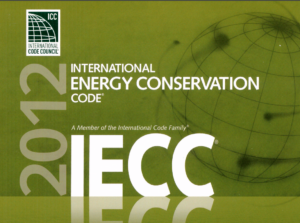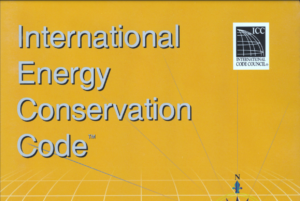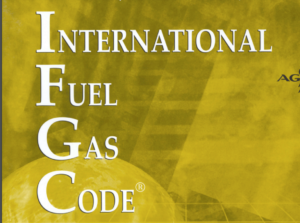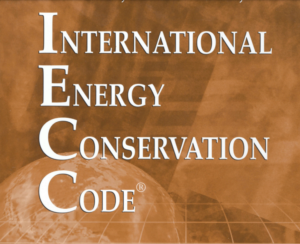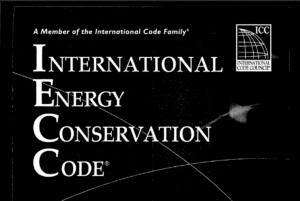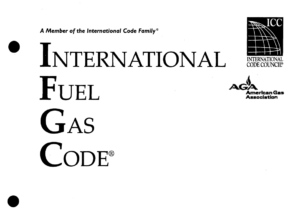The 2009 International Fuel and Gas Code (IFGC) comprehensively covers the standards for the installation and operation of fuel gas systems to ensure safety and compliance. Chapter 1 delineates the scope of the code and lays out administrative procedures, emphasizing the legal enforceability of the code and the roles of various stakeholders, such as code officials, design professionals, and contractors. It establishes the jurisdiction and authority for enforcing the code, which is crucial for maintaining safety standards in fuel gas installations.
Chapter 2 provides definitions critical for understanding and interpreting the code accurately. These definitions are essential as they sometimes differ significantly from their ordinary meanings outside of code contexts. Chapter 3 introduces general regulations concerning the installation and location of appliances, highlighting the importance of accessibility, safety from combustibles, and correct combustion air provisions.
Chapter 4 specifies the materials and requirements for gas piping installations, addressing the design and execution necessary to handle the specific demands and safety concerns associated with fuel gas. Chapter 5 focuses on the requirements for chimneys and vents, essential for safely directing combustion byproducts out of buildings. It outlines the standards for constructing and maintaining these systems to minimize hazards related to toxic gases and high temperatures.
Finally, the subsequent chapters (6 through 8) detail regulations for specific appliances and gaseous hydrogen systems, emphasizing the distinct safety protocols and standards required for different types of equipment and gas applications. The appendices provide additional practical guidelines on sizing and capacities of gas piping and venting systems, aiding in the application of the main code stipulations. These sections collectively ensure that all aspects of fuel gas safety, from installation to maintenance, are rigorously addressed, maintaining public health and safety.

